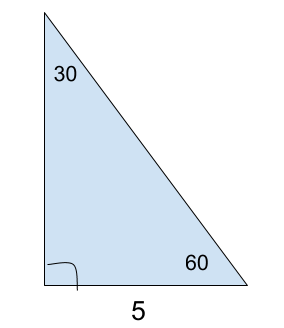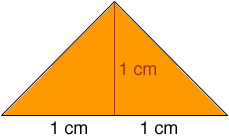

Take kiddos into the world of triangles with this compilation of worksheets featuring exercises like identifying triangles in real-life, coloring, tracing, and drawing triangles, etc., and a lot more fascinating activities.

Convert between Fractions, Decimals, and Percents.Converting between Fractions and Decimals.Parallel, Perpendicular and Intersecting Lines.If it is, you claim that f + g = h (as best as you can tell) and deal with the degenerate case. You then check whether the sum of f and g is somewhere between h - epsilon and h + epsilon – or put another way, whether the absolute value of f + g - h is less than or equal to epsilon.

In those cases, if you want to catch degenerate triangles, what you usually do is pick an "epsilon" value (some very small value relative to the numbers you're dealing with) that represents the maximum amount of roundoff you're willing to tolerate. But when checking the "not a triangle" condition, it's relatively easy to set up a situation where adding the two sides rounds off (because of the vicissitudes of floating-point arithmetic in the CPU) to something that's very close to, but not quite exactly, the third side. For checking the equilateral/isosceles/scalene conditions, you're fine because the user is directly entering in the floating-point numbers and you're not manipulating them, so there's no chance for you to introduce error.
#ISOSCELES TRIANGLE SIDE LENGTHS CODE#
I currently have: //lab eleven program code on trianglesĮlse if(aside=bside || aside=cside || bside=cside)īut I need help with the if and else if statements to determine the type triangle. You may use the same values as in the example. Print the resulting triangle type to the console.Įnsure your Triangle detector works by running it 5 times as in the example above.
#ISOSCELES TRIANGLE SIDE LENGTHS SERIES#
Use a series of nested if / else statements to determine if the triangle having side-lengths as set by the user is an EQUILATERAL, ISOSCELES, or SCALENE triangle. Repeat the last 2 steps twice more, once for each of the remaining 2 sides of the triangle. Set the user’s input to the variable you created representing the first side of the triangle. Prompt the user to input a value for the first side, then I need help with the following code that requires me to:ĭeclare 3 double type variables, each representing one of three sides of a triangle.


 0 kommentar(er)
0 kommentar(er)
